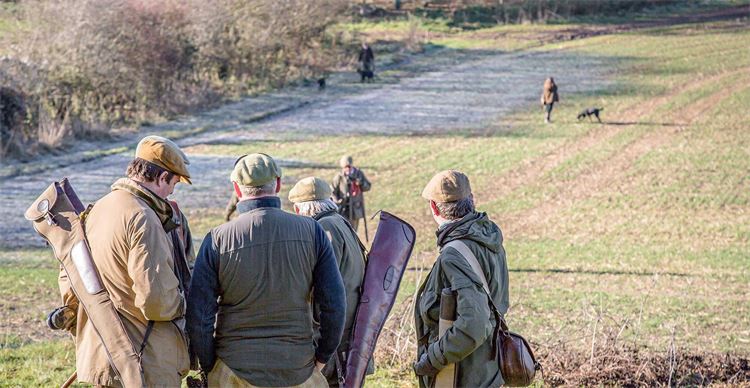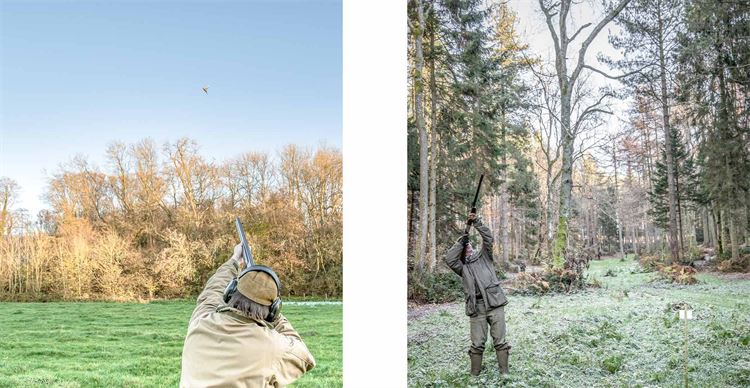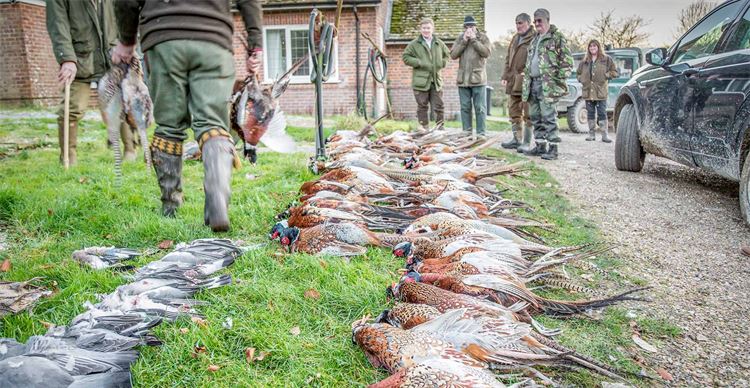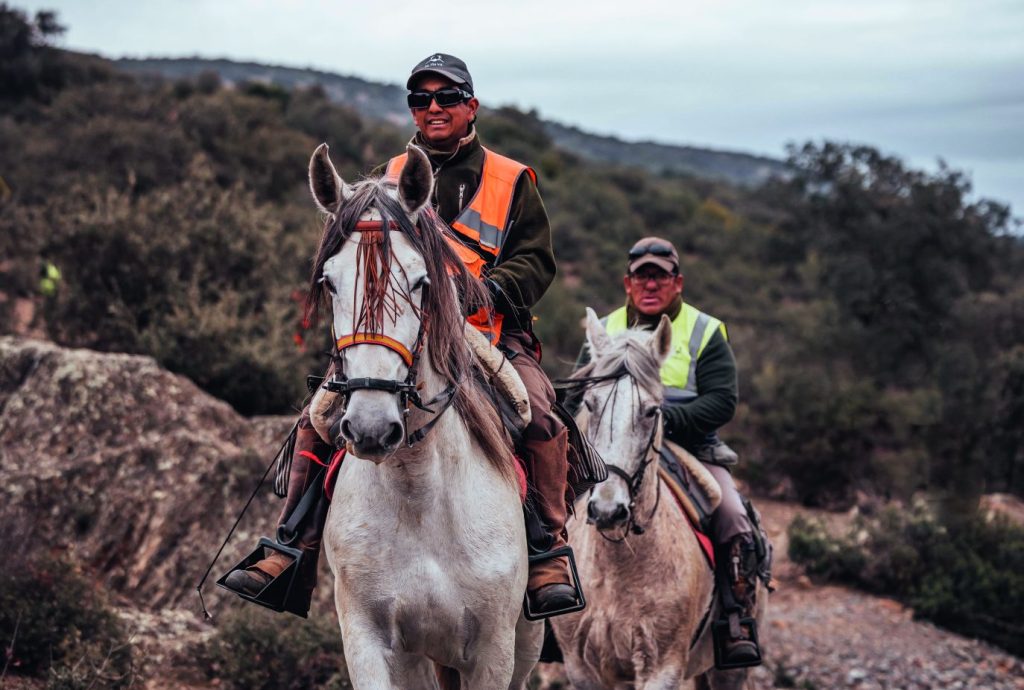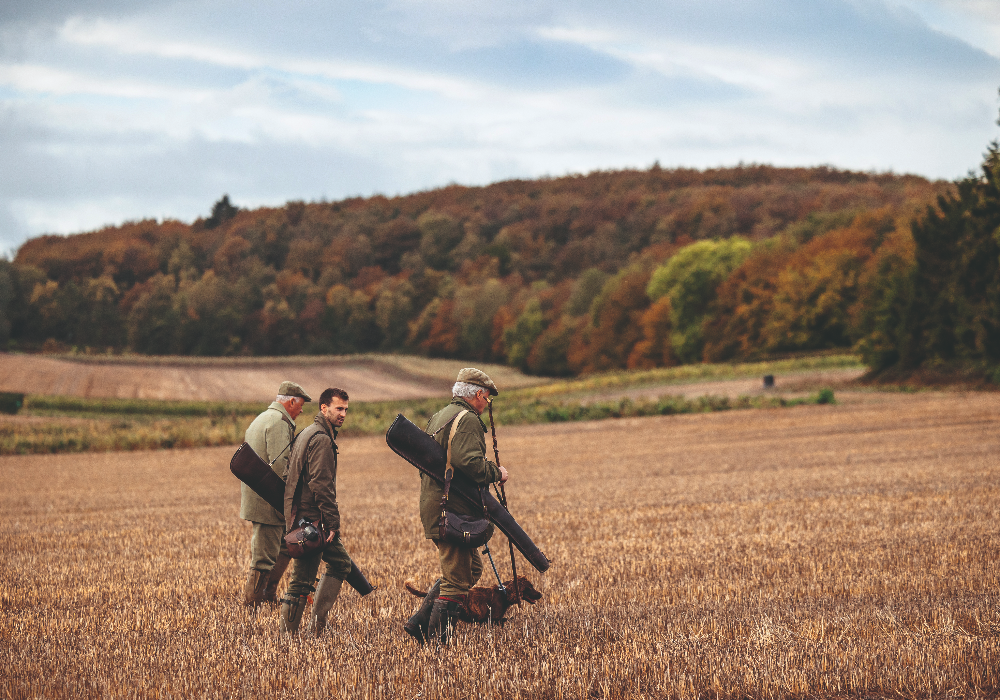Rotherfield Park shoot
A return to the Rotherfield Park shoot in Hampshire for a wonderful day's mixed shooting.
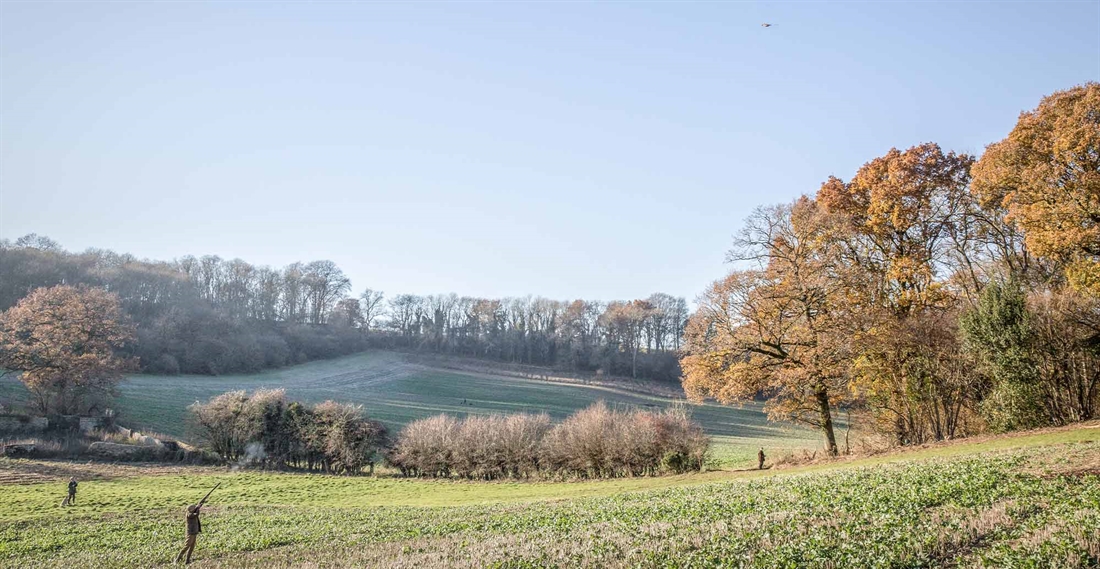
The first time I shot at Sir James Scott’s Rotherfield Park was in 2010, the year Malcom Brockless took on the gamekeeping on a third of the 4,000-acre estate as part of a Game and Wildlife Conservation Trust (GWCT) experiment to see whether grey partridges could be re-established.
With 1,000 acres of woodland and quite heavy soil, the estate is more suited to wild pheasants than partridges. Add to that a grazing herd of cattle and silage-making on the grassland, and you realise just what a challenge it was for Malcolm – a far cry from the rolling downland of the highly successful Royston partridge project, where he had come from.
There were a few ex-reared greys on my first visit, but, in 2012, 10 pairs of wild greys were relocated from Oxfordshire and Norfolk to form the nucleus of a new expanding population. Little was required in the way of habitat creation: the hedges are thick and tall and there’s plenty of overhead cover to limit the damage done by the local sparrowhawks – the raptor that poses the greatest threat to young partridges, in Malcolm’s opinion. He wages an ongoing war on foxes, and has got on top of the local weasels, rats and grey squirrels; he hasn’t had much of a problem with stoats.
Although there is now a healthy stock of greys, there isn’t yet a shootable surplus (enough to leave 20 birds per square kilometre at the end of the season). Malcolm reckons he’s “one good June or two away from a grey shooting day”.
So partridges weren’t on the menu when I revisited Rotherfield. The pheasants, though, I remembered as being really special, so I put together a team of friends whom I knew would relish meeting the challenge of these canny wild birds.
‘Wild’ is not strictly true, as 600 cock pheasants are released to ensure that even in a bad breeding year there is something for visiting Guns to have a shot at: out of our bag of 80 cocks, 60 per cent were reared. They are wing-tagged by pen so that Malcolm knows how far they have strayed from home. Generally, they tend to fly lower than the wild birds, so are much more likely to be killed.
Human interaction is limited as much as possible to ensure the reared birds become as wary as possible. They still have a lot to learn from their wild counterparts, though, which could regularly be seen flying back over the beaters or out of the sides of the drives early on. Of course, the wild birds don’t have a home pen to be driven back to; they just make for whatever they think may be their best escape route. Malcolm says that they never see the birds until they take off, as they tuck themselves so well into the cover. When the truly wild birds do come out over the Guns – and all the hens are wild – it’s quite a sight to see them stand on their tails and go for the heavens. Their speed seems faster than their reared cousins, so they really are a special quarry.
Once our pre-shoot briefing from Malcolm, and Francis Buner (the GWCT partridge expert who would be placing the Guns) was over, it was off to the first drive, where, after a frosty start, we would be looking into the sun and the clear blue sky. As this would make identifying cocks and hens difficult, we were told that we could each shoot a hen on each of the first three drives, to ensure there was no dithering when a cracking bird came over. As it was, we were very restrained, and killed only four hens throughout the day. That first drive, mainly out of a strip of chicory, produced three excellent coveys of greys, one of which passed (unsaluted!) through the middle of the line.
The first birds over the line were pigeons which we ignored as the beaters still weren’t in view: one flew over Jonathan Kennedy, Richard Lovell, and then me – and lived to tell the tale: a very lucky bird. Francis then told us to get stuck in on subsequent drives, even if we hadn’t seen a pheasant; so we did, and probably fired nearly as many shots at woodies as pheasants, adding some stratospheric pigeons to the bag.
As on my first visit, it was rather frustrating to have a succession of high, fast hens streaming overhead – but wonderful to see, and testament to Malcolm’s excellent predator control. I would estimate we had at least four times as many hens as cocks over the line – maybe they know they’re safe (at the moment!). It will be a magnificent day’s shooting when both cocks and hens are available in future.
There were a good number of woodcock about and we were allowed to shoot them as long as we wanted to eat them, which I think is an excellent policy. Three of the eight we shot had rings on – part of an ongoing GWCT project. Another, on the last drive – the highest I’ve ever seen shot – fell to Micky Tylor who, coming from Lanarth, should know how to shoot them!
Those, together with 10 unlucky pigeons and a couple of jays, meant there was always something around to shoot at and made for exciting, unpredictable drives, wherever one was positioned – No. 1 was often as good, if not better, than No.s 4 and 5.
We managed six drives on this short winter day, each producing some wonderful birds, and we ended up with the best bag of cocks since Malcolm took over – a truly memorable day. I pray for a dry June!
Guns: Richard Lovell, Jonathan Baltesz, Freddie Hamilton, Jonathan Kennedy, Rupert Godfrey, James Hoy, Micky Tylor & Peter Opperman
Bag: 84 pheasants (4 hens), 10 pigeons, 8 woodcock & 2 jays
Related Articles
Get the latest news delivered direct to your door
Subscribe to Fieldsports Journal
Elevate your experience in the field with a subscription to Fieldsports Journal, the premium publication for passionate country sports enthusiasts. This bi-monthly journal delivers unparalleled coverage of game shooting, fishing and big game across the UK and beyond.
Each issue offers a stunning collection of in-depth features, expert opinions and world-class photography, all presented in a timeless yet contemporary design.
Save 10% on shop price when you subscribe, with a choice of packages that work for you. Choose from Print & Digital or Digital only with each journal delivered directly to your door or via the app every other month, plus access to past issues with the digital back issue library.








